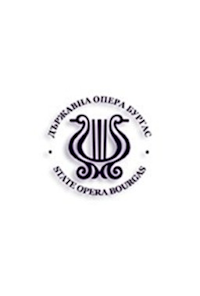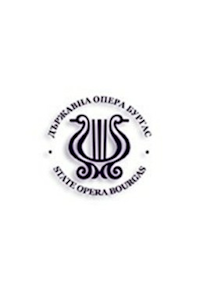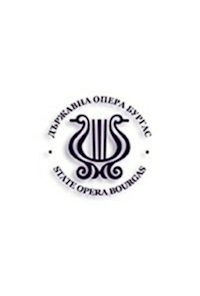The Magic Flute is Mozart's last opera. It was written in the year of his death - 1791. The opera is in two acts, in the then popular zigspiel form, which includes both spoken dialogue and singing. It was created according to the libretto of Emanuel Schikaneder - a well-known actor, director, playwright, impresario, as well as an extraordinary connoisseur of the talent of Wolfgang Amadeus. As soon as he became the director of the famous Viennese theater "Ann der Wien", Schikaneder commissioned the composer to write an opera based on his libretto. As a plot, he chooses the fairy-tale poem "Lulu, or the Magic Flute" from Wieland's book "Jinistan". Mozart is enthusiastic - not only has he long dreamed of writing an opera based on a German text, and since "The Abduction from the Barn" he has not succeeded, but he is also very pleased with the libretto - not only because it is in German, but also because it everything that the audience of the time liked was present: a fairy-tale plot with frequent changes of lyrical and comic scenes, episodes saturated with symbolism, mysterious rites...
Mozart worked willingly and inspiredly, and was already well advanced in the creation of the music when Schikaneder had to almost completely revise the libretto. The reason is the upcoming premiere of the competing theater "Marinelli" of the rather similar fairytale opera by Winzel Müller "The Magic Zither, or Caspar the Bassoonist", also based on Wieland's story. When reworking the libretto this time, Schikaneder also used motifs from Abbot Terraso's fantastic poem "Setos". In the new libretto, a number of corrections and changes are made, some previously negative characters become positive - and vice versa.
The "Magic Flute" is famous for the semantics it contains, emblematic of Freemasonry (both Mozart and Schikaneder were members of the Masonic Lodge). The work is also inspired by the philosophy of the Enlightenment and can be seen as an allegory preaching Enlightenment absolutism. The Queen of the Night personifies a diabolical form of obscurantism or, according to some interpreters, modern Roman Catholicism. Her antagonist Zarastro symbolizes the enlightened sovereign who rules, guided by principles based on reason, wisdom and nature. The story itself is a portrait of humanity's journey in search of knowledge: from chaos, through superstition, to reason through trial (Tamino) and error (Papageno), with the ultimate goal being to transform "Earth into Kingdom of Heaven,
Despite the difficulties created by the new text, Mozart worked with enthusiasm and enthusiasm and managed to finish the opera in September 1791. The premiere was on September 30 in the Freihaus Theater outside the city. The orchestra conducts Mozart; the image of Papgeno is reincarnated by Schikaneder himself, and the Queen of the Night - a role requiring considerable vocal skills - is entrusted to Mozart's daughter-in-law Josefa Hofer. The success of The Magic Flute is mind-boggling. Extremely impressed by the opera, Goethe called it "a utopian and strange tale in which the human virtues are preached: love, diligence and moral perfection."
The hundredth performance of "The Magic Flute" was in November 1792. Unfortunately, Mozart did not manage to witness this important event, since, after a short illness, he died a few months earlier - on December 5, 1791, not yet 36 years old.
From its premiere until today, "The Magic Flute" is among the most loved and most frequently performed works in all the world's opera houses.


